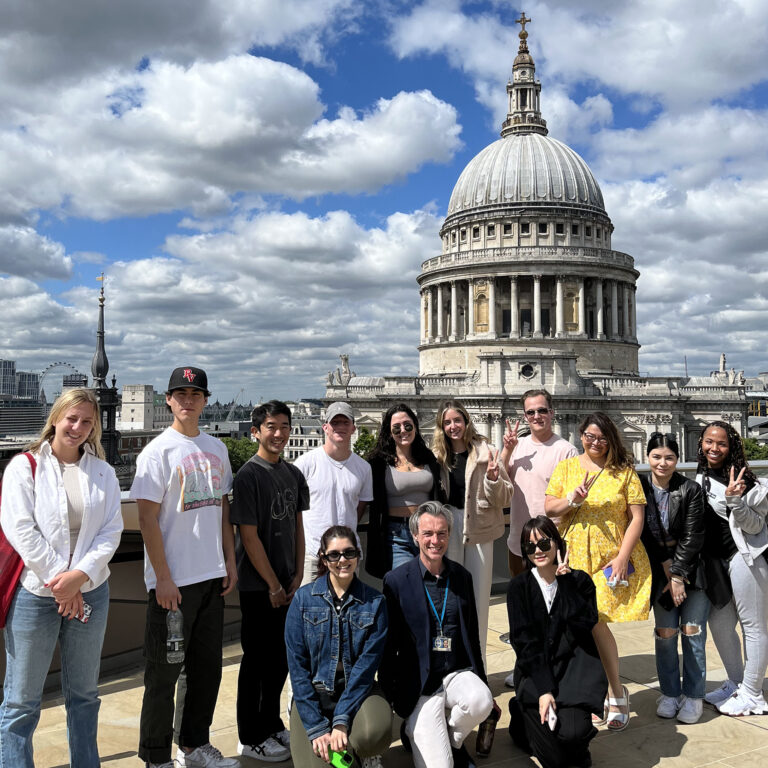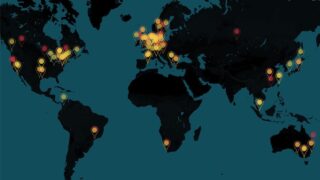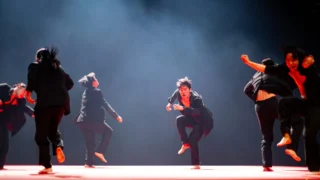The Spirit of Troy will appear next week in the USA Pavilion at Osaka’s Expo 2025.
Category: Featured
News Listing
Graduates harness advanced technologies to create resilient, agile, and sustainable supply chains that benefit business and society.
The strategic partnerships between Marshall and XLRI will cultivate leaders capable of navigating global challenges and advancing economic growth in both countries.
Founded by Marshall MBA students, the inaugural conference brings together experts from across India’s major industries, including tech, entertainment, finance, and even cricket.
By exploring structural changes in the brain related to bipolar disorder and comparing them with major depression, two of the most devastating mental health conditions worldwide, the global initiative seeks to pave the way for more effective treatments.
The Seoul-based Bereishit Dance Company delivered an unforgettable performance to a full house in Bovard Auditorium.
The university is one of just 19 institutions recognized as top producers for both of the prestigious programs.
USC Rossier’s Global EdD program takes students to South Africa and other global destinations to observe and learn from international education leaders.
As a Microsoft executive, Vidhu Shekhar uses his Master of Public Administration (MPA) to leverage AI and make government services smarter.
An expert in U.S.-China relations, Zhijun Frank Gao observes that everyone has irreplaceable assets for contributing toward a better world.










